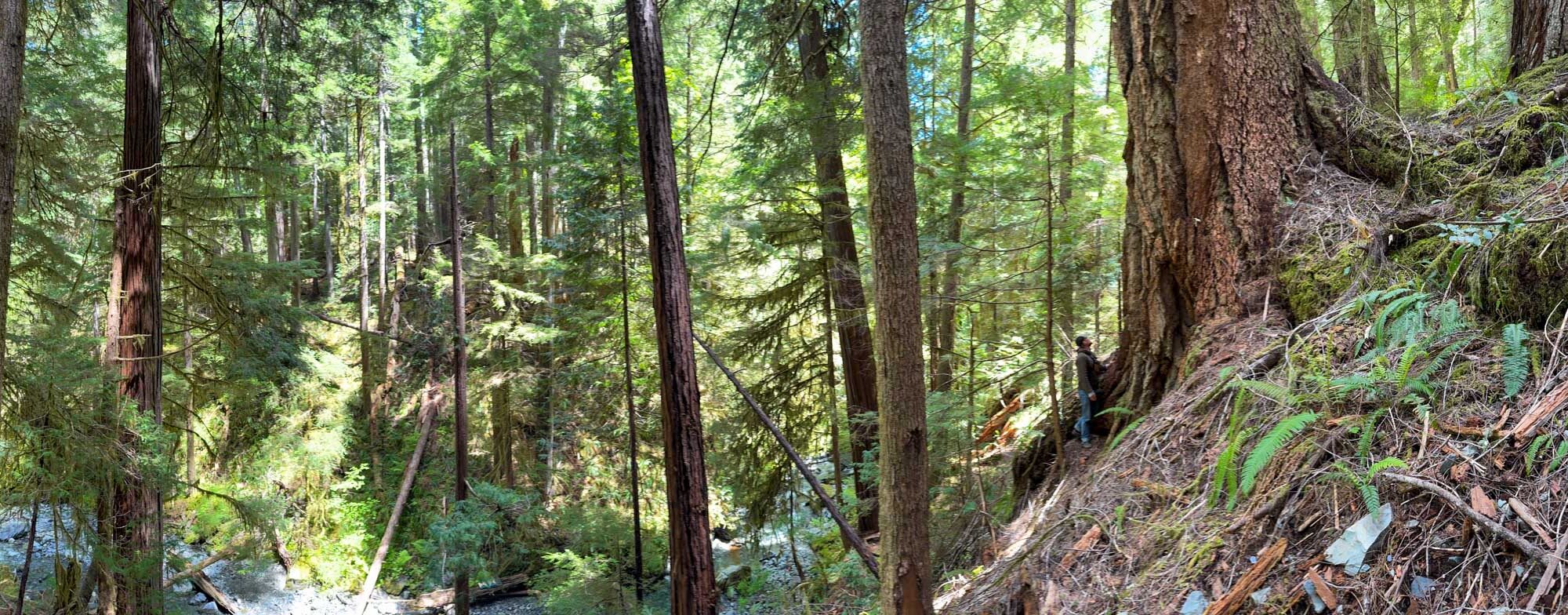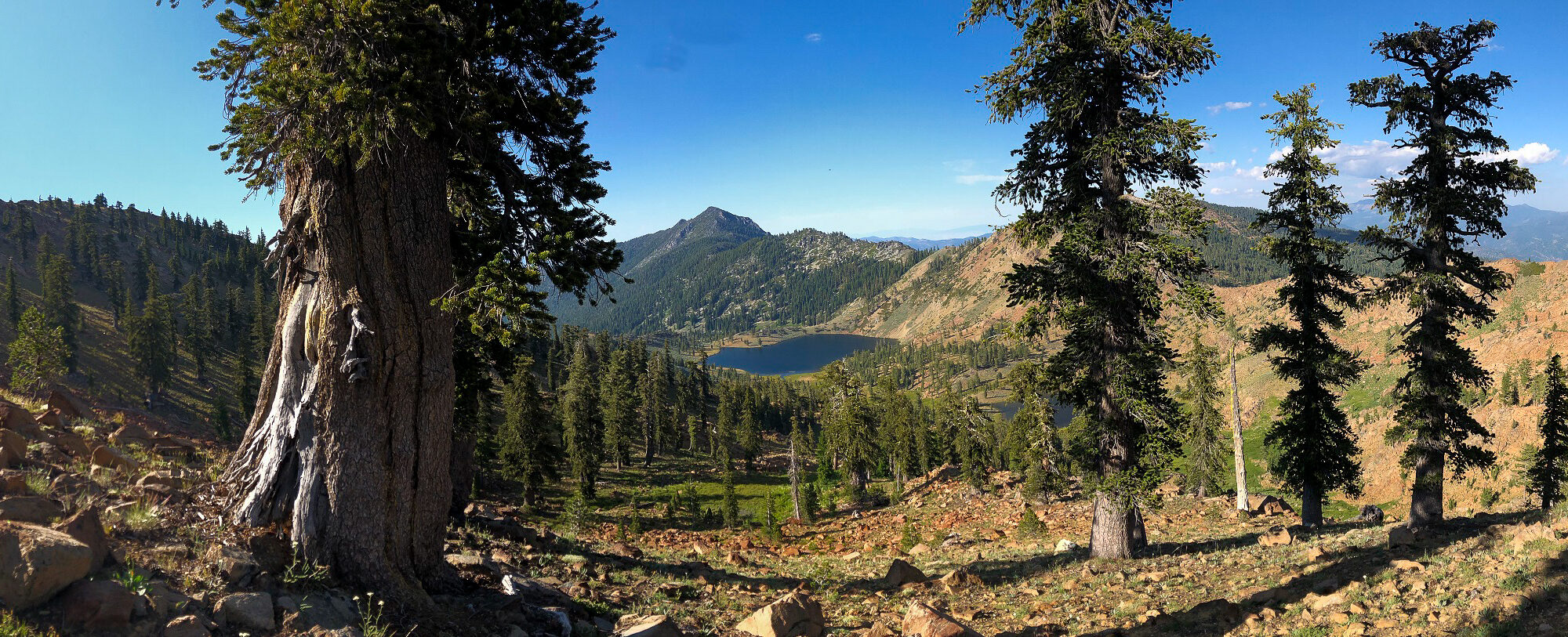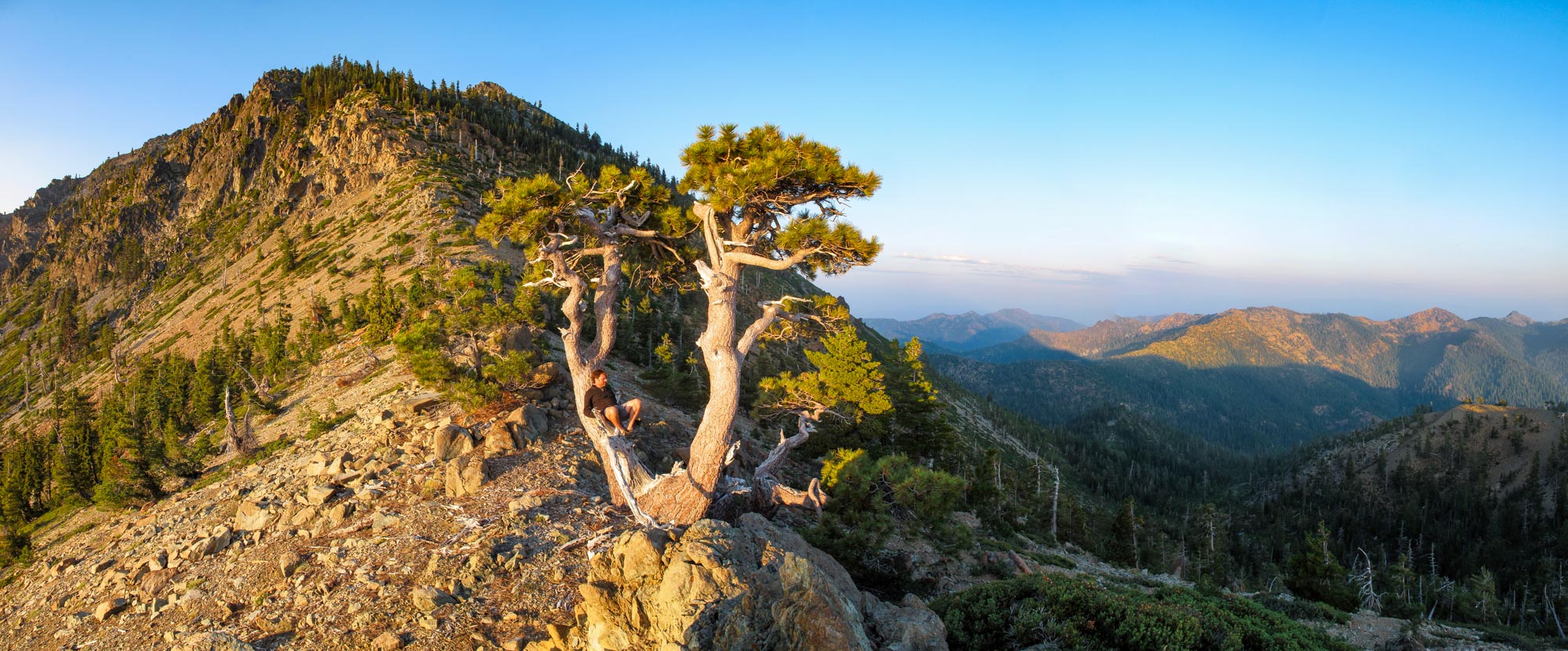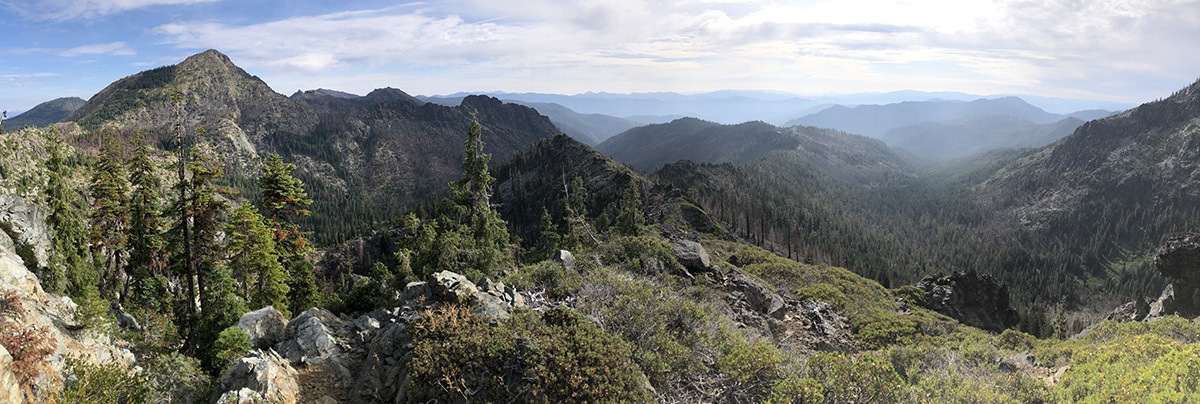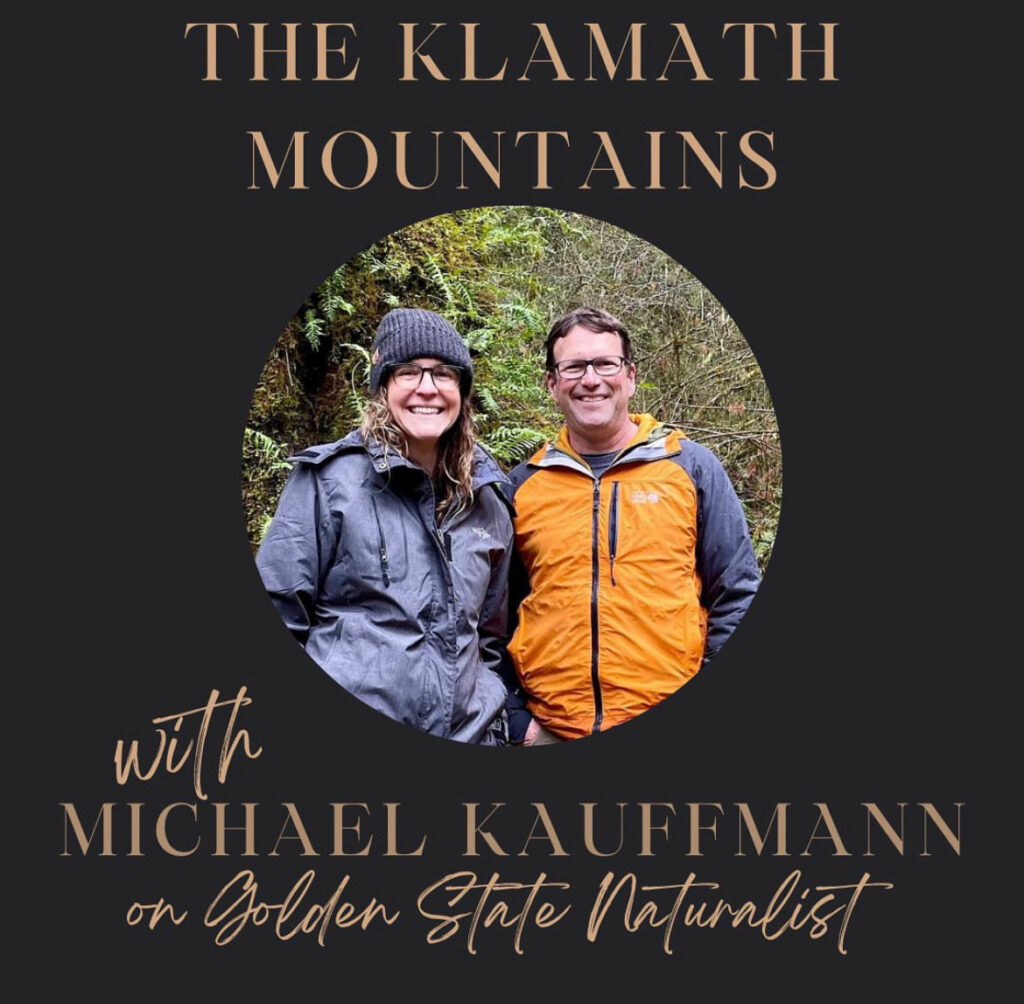There’s a quiet magnetism in Research Natural Areas (RNAs)—pockets of protected wild that call to those of us who seek to understand the living mosaic of California. These places are often the last intact natural systems on our public lands—and for decades, I’ve been drawn to them, trekking into these living sanctuaries to witness nature in its most undisturbed form, to document its story, and to carry that story forward.
Continue reading “Revisiting a Research Natural Area in the Klamath Mountains”A Life Beneath the Canopy
How California’s Trees Shaped a Book, a Friendship, and a Calling
I first fell in love with trees as a high school student in the green underworld of the eastern deciduous forests near Williamsburg, Virginia. My teacher, Charles Dubay, believed we should know our world with both precision and appreciation. In his field biology class he taught us the trees twice—once in the fullness of leaf and light, when the crowns cast shade and shimmered in the wind, and again in the starkness of winter, when the branches and bark told their stories—bare.
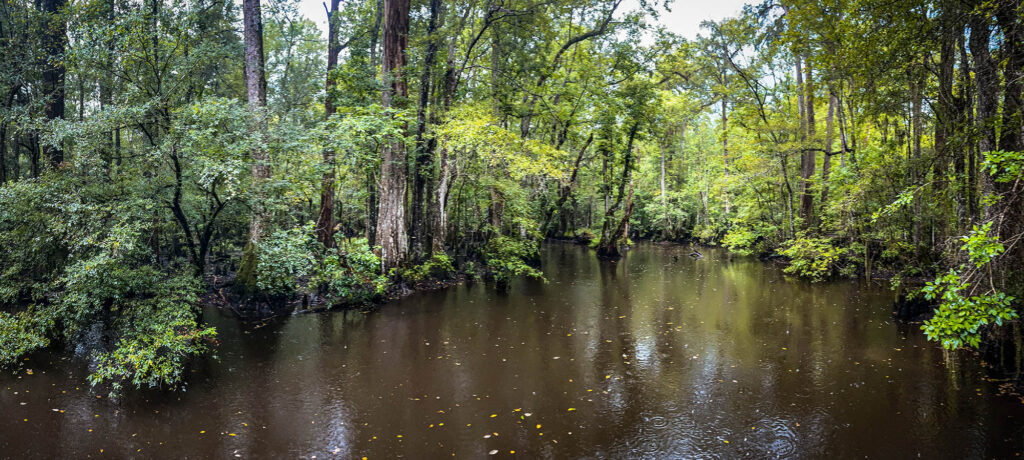
Spruce Engraver Beetle in Northern California
In June 2023, my family and I took a trip up Russian Creek in the Russian Wilderness. This area is renowned for its conifer diversity so I was on the lookout for my favorite plants.
It was alarming to discover mortality in one of California’s rarest conifers, the Engelmann spruce due to Spruce Engraver Beetle in Northern California. Here is what I wrote:
It appears California’s Engelmann spruce are also under attack as the Blake’s Fork stand in the Russian Wilderness is witnessing ~60% mortality over the past few years from what I believe to be spruce beetles. More monitoring is needed.
Conifer Country (second edition)
A note for you, lover of conifers
A few years after the first edition was first published, I was deep in the Siskiyou Wilderness in search of yellow-cedar stands. To my surprise another backpacker came stumbling through the brush. After we said hello, he got a smile on his face as he pulled a copy of Conifer Country from his backpack and asked for an autograph. My heart swelled with joy as we discussed how to tell the difference between yellow-cedar and Port Orford-cedar with both the book and plants in hand. This experience was grounding and simply lovely.
It has been 12 years since Backcountry Press first published this book. My wife Allison and I launched the business to support that publication. We took this risk to tell the story of science in interesting and engaging ways–to inspire deeper connections to the Earth. Looking back, I am amazed at what this project has brought us and the connections it has helped establish with the land and its enlightened people.
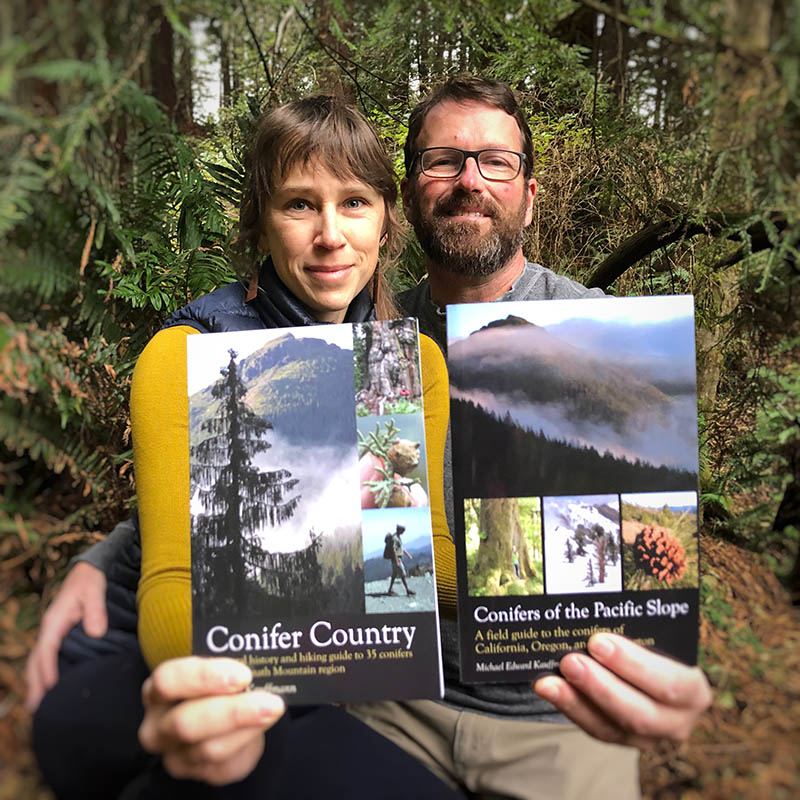
Golden State Naturalist
I joined Michelle Fullner on her podcast the Golden State Naturalist. She states that it is a podcast “for anyone who’s ever looked around and realized just how much there is left to learn.” I was happy to chat with her.
We discussed my growth as a naturalist and how that brought me to write a book about the Klamath Mountains. We discuss ancient rocks, carnivorous plants, temperate rainforest, why people are a vital part of the story of place, and why the Klamath Mountains are bursting with a truly stunning array of beings and relationships. I hope you enjoy it–Michelle does a great job with her podcast!
